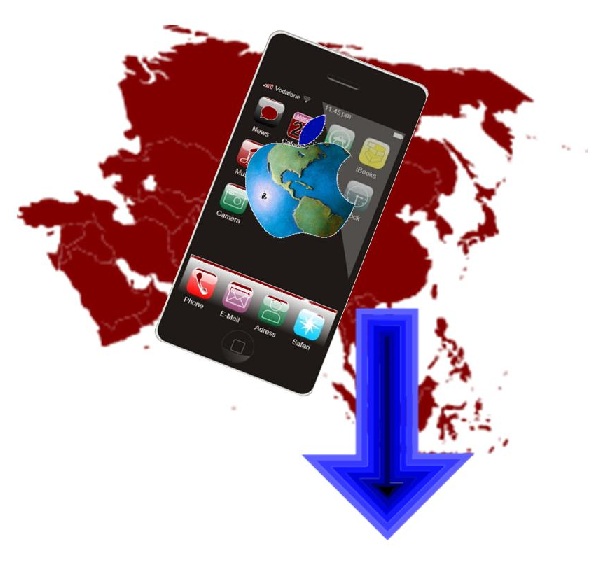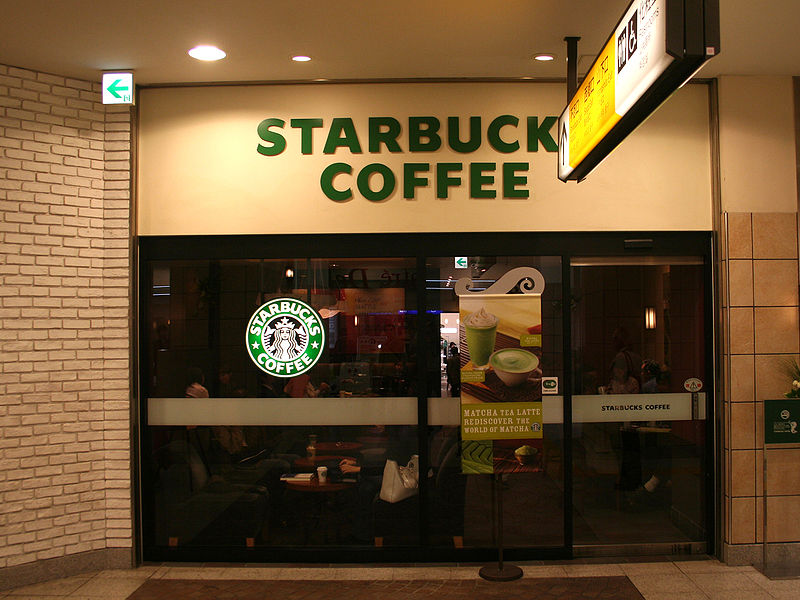 Consumer fatigue threatens Apple in Asia
Consumer fatigue threatens Apple in Asia
The iPhone continues to be a rampaging success in the U.S. and European markets, but fatigue may be setting in for those in the Asian market. Some of Asia’s most influential cities are beginning to show signs of iPhone fatigue, especially as a new generation of consumers, who have grown up steeped in technology, begin to show less interest in the popular mobile device. Consumers in both Singapore and Hong Kong are beginning to look for alternatives to Apple, which may have a dramatic impact on the company’s future.
Apple continues focus on mobile world
Apple has seen remarkable success in its mobile ventures and has adopted a very strict focus on the mobile world in general. The introduction of the iPhone solidified the company’s hold on the mobile space. As the years have gone by, the company has introduced several new iterations of the iPhone, each featuring new technology and services that Apple believed to be ideal for consumers. The company has also entered into the tablet market with the iPad, a venture that has also proven to be rampantly successful.
Market share dropping quickly in Singapore
While Apple has enjoyed the worldwide success of its various mobile products, its grasp on the Asian market is beginning to loosen. This is due to a number of factors, including iPhone fatigue, and the desire that many consumers are showing for other brands, particularly those from Samsung. According to StatCounter, a traffic measuring service that collects data from more than 3 million websites, Apple’s share of mobile devices in Singapore dropped significantly in 2012. StatCounter shows that in this month alone, Apple’s market share dropped by 50%.
Consumers in Hong Kong and elsewhere show favor for Android
Similar results are being seen in Hong Kong. Approximately 30% of all mobile devices therein come from Apple. In both markets, the Android platform is picking up much of the slack. This may be due to the fact that some of the latest Android devices include NFC technology, which allows for a wide range of new services, including mobile commerce, that are absent from t he iOS platform.
 The coffee giant has been dropping hints about expansion into grocery stores.
The coffee giant has been dropping hints about expansion into grocery stores.
As mobile payments are still playing a central role in the growth of the transactions occurring at Starbucks, the Seattle based company is now considering various m-commerce opportunities to broaden its strategies, which may include expanding into grocery stores.
The company’s CEO, Howard Schultz, explained a number of the company’s intentions for the future.
Schultz raised these points during a conference call that was held between himself and a number of analysts, in order to discuss the results of the merchants fiscal first quarter. He explained that the ongoing success and growth of the m-commerce business and other mobile initiatives at Starbucks were an important factor in the quarter.
At the moment m-commerce represents 20 percent of the payment card transactions at Starbucks.
In response to one of the m-commerce questions posed by an analyst, Schultz also hinted at the company’s intentions to broaden the card into the areas of grocery and consumer packaged goods. He stated that “Over the next few months or so, we’ll be coming back to you and sharing with you the plans that we have to take advantage of Starbucks products within CPG, and specifically grocery, and leveraging the technology and the advancement of providing value to our customers that are buying Starbucks products in grocery, and leveraging the card.”
That said, he also pointed out that he did not intend to “get into too much specificity” during that phone call. His intention was to express that Starbucks would be offering additional incentives and m-commerce options for consumers to not only purchase their coffee, but also to provide greater depth of the integration into the Starbucks ecosystem through their mobile devices and card loyalty.
While the company has already undergone considerable expansion to its m-commerce, it clearly has no intention of simply sitting back and remaining the same now that their mobile success has been established. They are continually monitoring, innovating, and evolving the opportunities that they present to their customers, from the ability to make mobile payments in the first place, to a growing range of methods that can be used in that light.
 Consumer fatigue threatens Apple in Asia
Consumer fatigue threatens Apple in Asia
 The coffee giant has been dropping hints about expansion into grocery stores.
The coffee giant has been dropping hints about expansion into grocery stores.